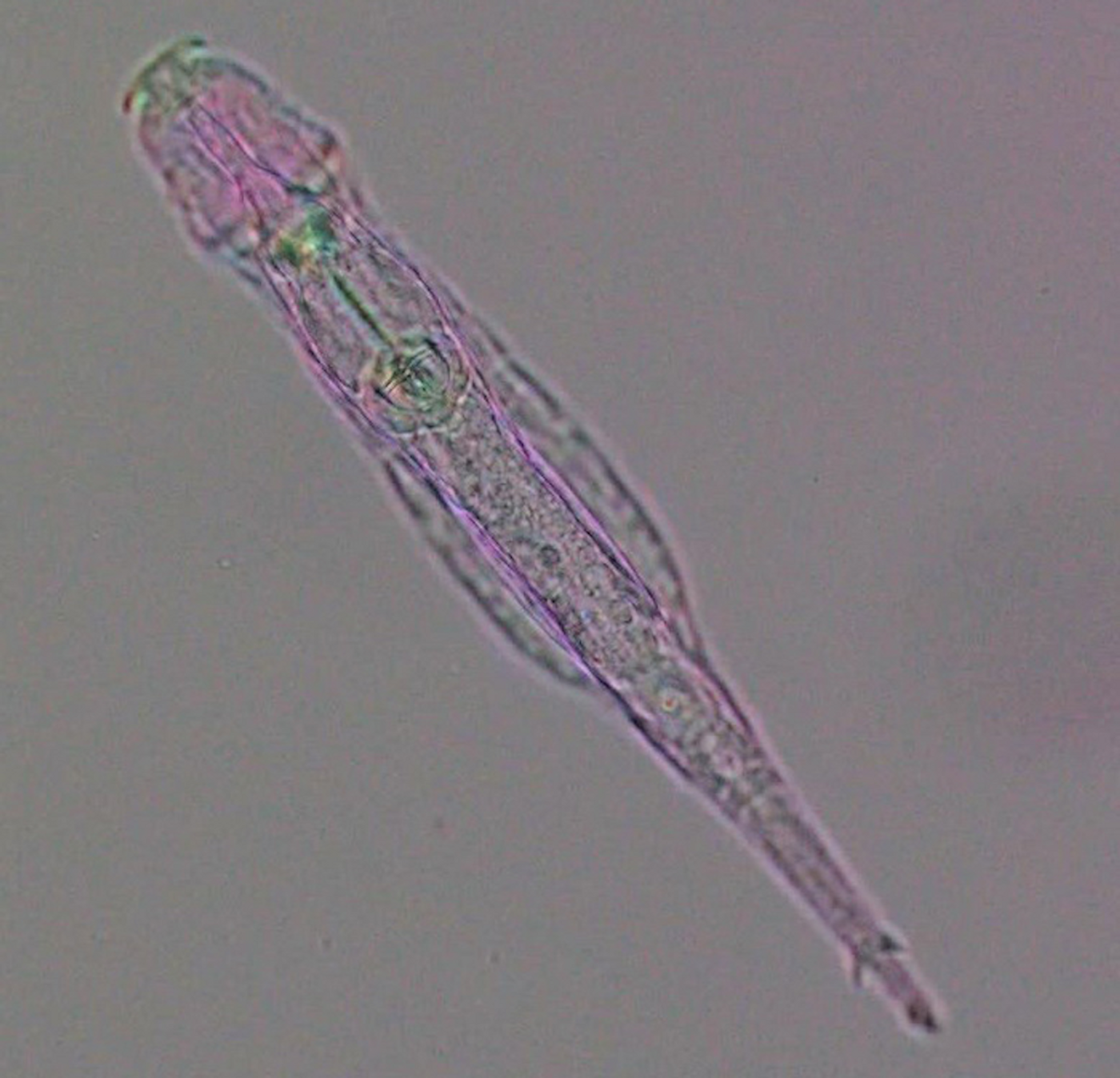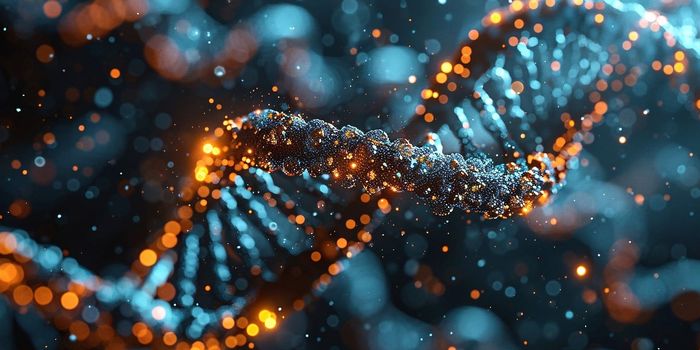New Epigenetic Mark Discovered in Rotifers Originated in Bacteria
While genes encode for proteins, gene expression has to happen at the right time and place, and there are many things that can influence gene activity, such as small changes in the genome, or genes that function as transcription regulators. Epigenetics can also affect gene expression, but don't alter the DNA sequence. Epigenetic factors may involve changes to the structure of DNA that make certain regions accessible or not, or they may be chemical tags that hang on the genome and influence gene expression that way. Methyl groups, for example, are a well-known epigenetic tag. Scientists have now discovered a totally new type of epigenetic marker in a tiny animal known as a bdelloid rotifer. The findings have been reported in Nature Communications.
In 2008, senior study author Irina Arkhipova, a senior scientist with the Marine Biological Laboratory, and colleagues discovered that rotifers can easily acquire foreign genes. That ability seems to have enabled them to gain a bacterial gene about 60 million years ago. This gene encodes for an epigenetic mark these animals did not previously express, explained Arkhipova.
This discovery is the first confirmed incidence of horizontal gene transfer that changed gene regulation in a eukaryote. "This is very unusual," Arkhipova said. "Horizontally transferred genes are thought to preferentially be operational genes, not regulatory genes. It is hard to imagine how a single, horizontally transferred gene would form a new regulatory system, because the existing regulatory systems are already very complicated."
Epigenetics are able to suppress genetic features known as transposons or jumping genes, which can move around the genome and can sometimes cause problems. The composite enzyme that was generated when the bacterial gene and eukaryotic genome came together in a rotifer enabled the creatures to control their transposons, said co-study author Irina Yushenova, a research scientist in Arkhipova's lab. "It's like magic."
Because bdelloid rotifers reproduce asexually, and these lineages are not as capable of suppressing dangerous transposons, it's especially important for them to control their transposons, Arkhipova said. This "extra layer of protection could prevent a mutational meltdown." These rotifers have lower transposon levels compared to bdelloid rotifers that don't carry this epigenetic control, added Arkhipova.
Methyl groups are added to cytosine or adenine bases of DNA in eukaryotes. This latest modification is also added to cytosine, but the position mimics what is seen in bacteria epigenetics. The bacterial gene that was acquired by the rotifer resembles a bacterial gene that encodes for an enzyme called methyltranferase, which adds a methyl group to DNA.
Over several years, the research team showed that this gene suppresses transposons in rotifers.
The applications of this work are still unclear, but sometimes discoveries like this lead to unexpected places, noted first study author and Arkhipova lab research scientist Fernando Rodriguez.
Sources: Marine Biological Laboratory, Nature Communications









